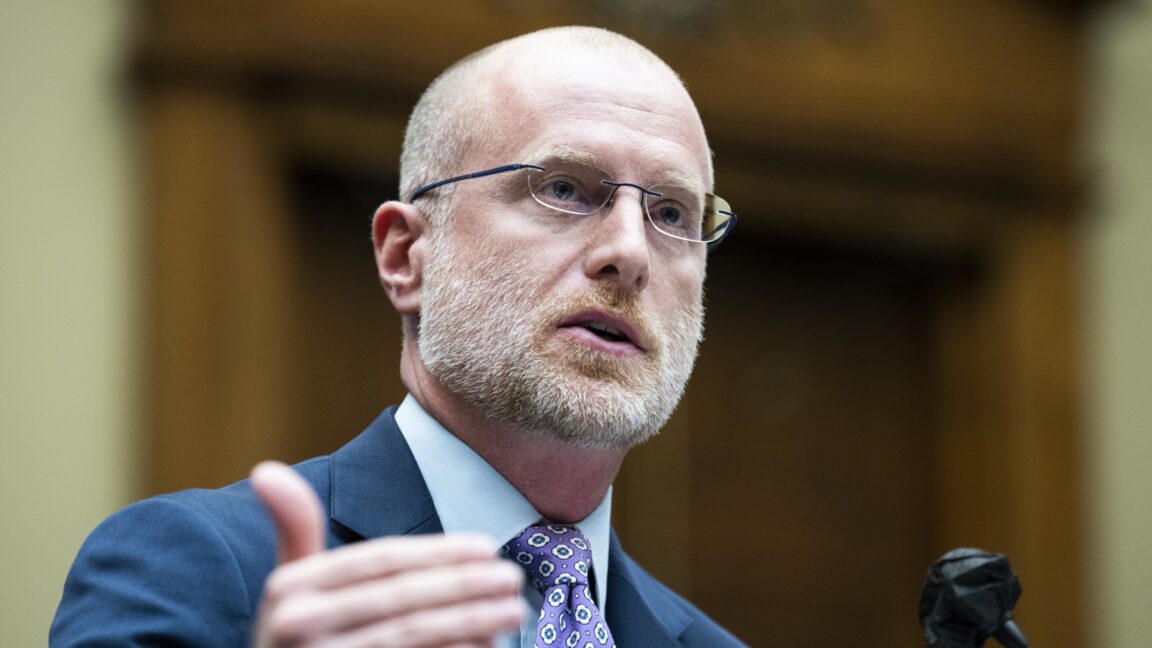A conservative group yesterday urged the Federal Communications Commission to take licenses away from NPR and PBS stations and let other entities use the spectrum. The request came from the Center for American Rights (CAR), a nonprofit law firm that has played a prominent role in the news-distortion investigations spearheaded by FCC Chairman Brendan Carr.
“In the wake of the wind-down of the Corporation for Public Broadcasting and the end of federal funding for NPR and PBS, the Center respectfully suggests that the Commission open an inquiry that looks at the future of ‘public’ broadcasting in that new environment,” a Center for American Rights filing said.
The CPB is set to shut down after Congress approved President Trump’s request to rescind its funding. The Center for American Rights said the CPB shutdown should be used as an opportunity to reassign spectrum used by NPR and PBS stations to other entities.





